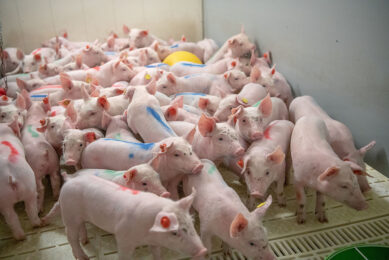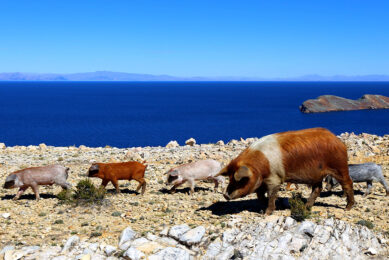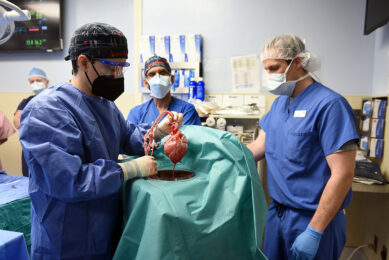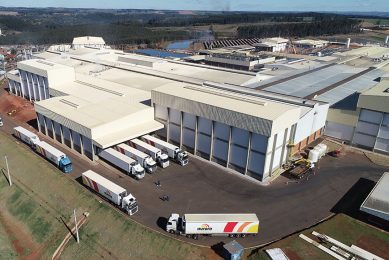Weaning capacity
I’ve been writing quite a bit recently on Sow Productive Life (SPL) and that I am disturbed at pig farmers’ apparent complacency about how short it is these days – and what to do about extending it.
I’ve been writing quite a bit recently on Sow Productive Life (SPL) and that I am disturbed at pig farmers’ apparent complacency about how short it is these days – and what to do about extending it.
This has caused quite a bit of comment to judge from my postbag, but few correspondents seem to have fully cottoned on to the financial penalty of too short a sow productive life.
For example, many producers are only achieving 3.4 litters per sow lifetime when 5.5 litters are comfortably secured on some of the best farms I visit. Indeed, just recently Hypor, the genetics firm, were saying that a 5.8 litter SPL is their own target, and from what they call ‘weaning capacity’ they go on (Broadbent, 2008) to suggest a benchmark of 505 kg SPL based on 12 pigs weaned/litter at 7.25 kg.
Use of capital
Table 1 looks at on-farm figures from my own experience and goes on to express them further and more meaningfully, as not only does a decent SPL improve on the use of capital but it also eases the cash flow considerably.
Table 1. On-farm figures regarding SPL, on the basis of 1,000 sows and 22 weaners sow/year.
| SPL (litters) | SPL (kg weaner weight) | New sow needed every… | Replacement gilts needed per week | |
| Typical worldwide | 3.4 | 243 | 1.48 years | 17 |
Good target | 5.5 | 393 | 2.40 years | 9 |
Now I don’t mind taking an SPL target of 400 kg or even the 500 kg claimed by Hypor – what I do think is unacceptable is one as low as the all-too-commonly seen 250 kg.
Quite apart from the greater income from more weaners sold for the money invested, look at the damage done to the cashflow by such a short SPL.
Banking
For example – it costs about €375 for each replacement gilt to produce her first litter.
The farm with the higher SPL will have already banked nearly €2,500 as income from the 20 or so more finished pigs sold/sow before they need to find the next €375 needed to finance the cost of the replacement gilt and her first litter to weaning.
Their cash flow is far easier. Lack of cash flow punishes businesses, not necessarily lack of profits. Cash flow is the oil on which the profit engine depends.
I’ve said this many times – “It is not necessarily top performance which counts towards making a sustainable profit from pigs – but the best use of capital resources.”











